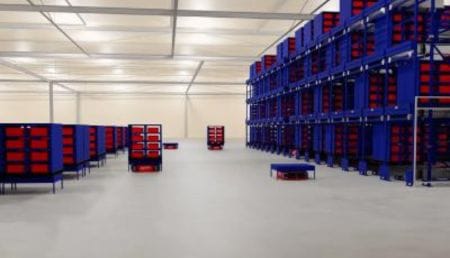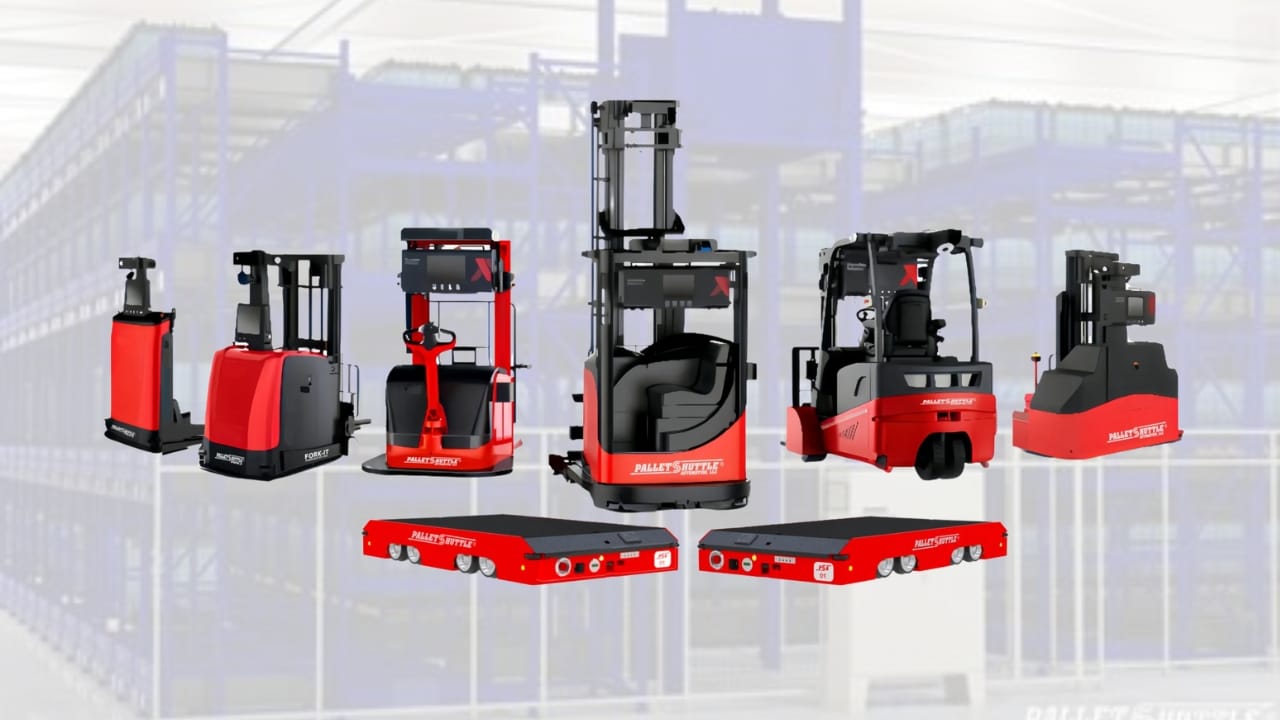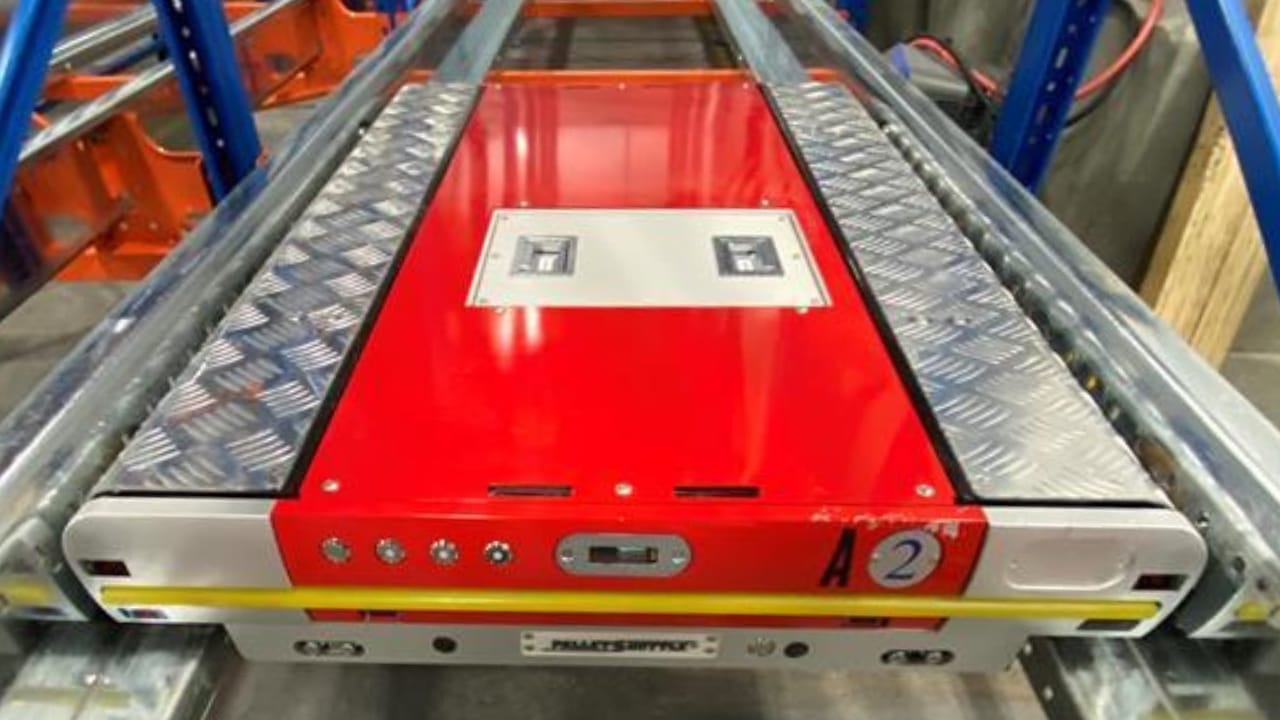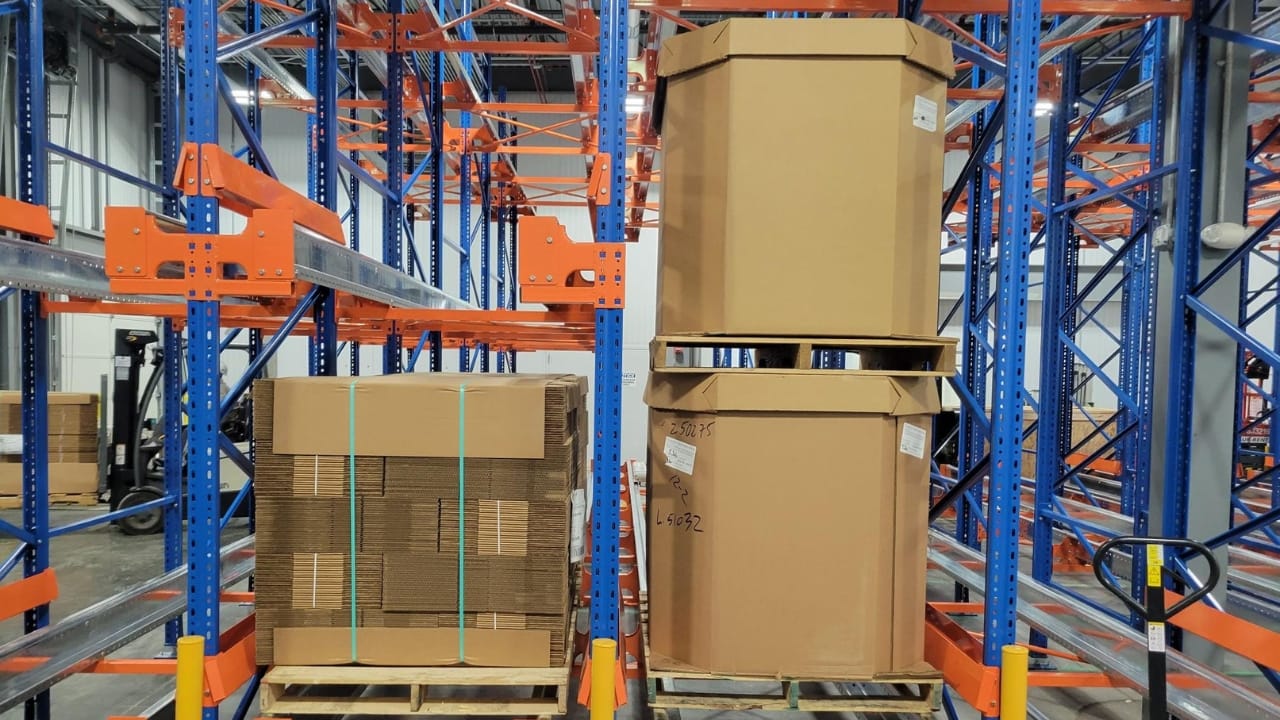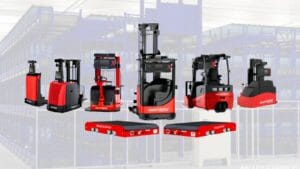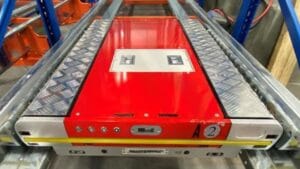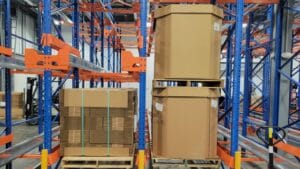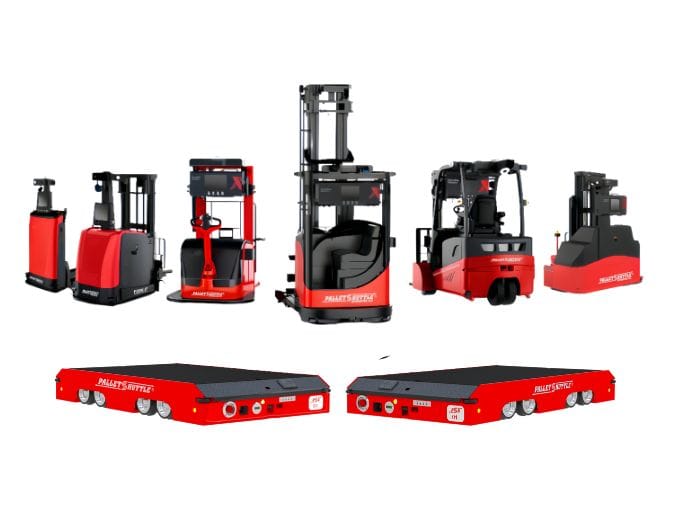
Warehouse automation and high-density storage solutions powered by Automated Guided Vehicles (AGVs) are transforming logistics and manufacturing operations by improving efficiency and reducing labor-intensive processes.
High-Density Storage with Automation
Advanced high-density storage solutions, such as deep-lane Pallet Shuttle Systems, integrated with transfer robots, create a seamless end-to-end automation loop. These systems reduce the reliance on traditional, expensive, and maintenance-heavy conveyors. By utilizing Pallet Shuttles for deep-lane storage alongside autonomous transfer robots, warehouses can optimize how space is utilized while cutting down operating costs.
The Advancements in AGV Technology
Recent advancements in AGV technology, driven by improvements in artificial intelligence (AI) and machine learning, enable more sophisticated pathing, routing, and traffic management functionalities. These technologies facilitate real-time decision-making, allowing AGVs to modify routes dynamically based on evolving warehouse requirements or production demands. This flexibility ensures the continuous and efficient movement of goods.
Types of AGVs
AGVs are specialized to perform a variety of tasks and include the following:
- Full Pallet Load Low-Level Forklifts: Designed to transport heavy pallets across the warehouse or manufacturing floor.
- Pallet Shuttles: Integrated with ASRS (Automated Storage and Retrieval System) technologies, these shuttles excel in managing high-density storage systems.
- PIK-POD Bots: Built for goods-to-person operations, these robots improve efficiency in order picking and inventory management by fetching and delivering items.
Cobotics in Warehousing
AGVs are designed to work alongside warehouse and production personnel in what is known as a “cobotics” (collaborative robotics) model. Instead of replacing human labor, these robots enhance productivity and reduce redundant tasks like pallet movement between storage and production zones. This collaborative approach allows humans and robots to focus on their respective strengths, improving overall operational efficiency.
AI-Powered Optimizations
AI-driven pathing is a core feature of modern AGVs, enabling dynamic routing and task prioritization. Depending on operational needs, AGVs can adapt their workflows—for example, rerouting on the fly to accommodate busy storage zones or prioritizing urgent tasks. This adaptability minimizes downtime and maximizes throughput in both warehouse and manufacturing environments.
Benefits of Automation with AGVs
Integrating AGVs and high-density storage solutions offers numerous advantages, including:
- Optimized Storage Space: High-density solutions make better use of available space, particularly in warehouses with constrained real estate.
- Reduced Labor Costs: By automating redundant tasks, organizations can lower reliance on human labor while reducing operational costs.
- Enhanced Flexibility: Real-time adjustments in routing and task assignments ensure responsiveness to changing conditions.
- Improved Accuracy: Automation minimizes human error, ensuring better inventory management and fulfillment accuracy.
- Streamlined Operations: End-to-end automation noticeably improves efficiency across different business processes, from goods receipt to order dispatch.
By combining the power of high-density solutions such as Pallet Shuttle Systems with the advanced capabilities of AGVs, businesses can unlock new levels of productivity, flexibility, and cost efficiency in their logistics and manufacturing operations.
To learn more about how pallet shuttle systems and automation can transform your operations, schedule a discovery call with our expert team today. Our specialists will guide you through tailored solutions designed to optimize your storage, streamline your workflows, and enhance overall productivity. Don’t wait to unlock the full potential of your business—contact us now to get started

